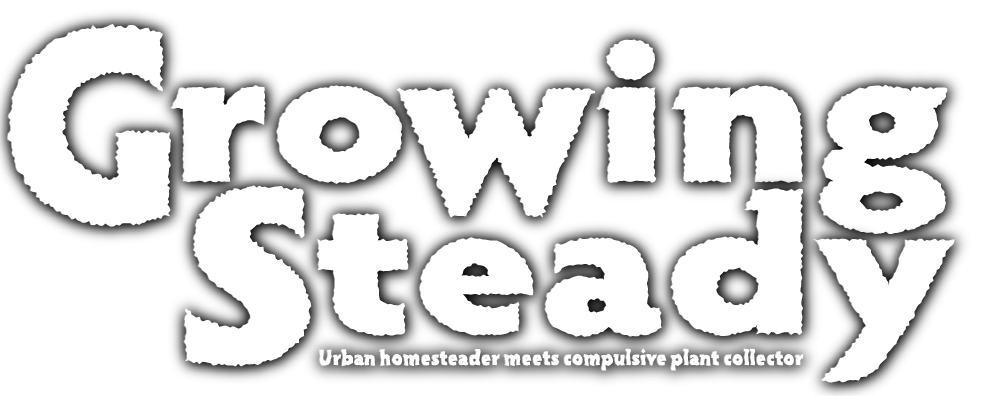To begin our tour, we loaded onto a golf cart and drove to a meadow flanked by various species of acacia, albezia and eucalyptus trees.
| Albezia (aka mimosa) |
Here is a single naturalized staghorn fern growing on the side of a tree.
A growing family of staghorn fern sporelings growing on the side of a rock completely on their own ambition. No green horticultural tape in sight.
Ficus benjamina, one of the most common houseplants in the US, grows into an enormous tree in the tropics.
Numerous bronze statues blend into the surroundings around the garden, adding an imaginative touch to the garden.
A very rare sight in Hawaii: deciduosity.
A lone starfruit waiting to be eaten.
| Averrhoa carambola |
Does this look familiar all you hardy schefflera connoisseurs out there?
Yes, it's indeed some kind of schefflera. The folks at the garden replied back and said they grew it from seed, but they aren't quite sure what it is either. It might be a cross between Schefflera taiwaniana (I can definitely see that) and Plerandra elegantissima (formerly Schefflera elegantissima). If that is the case, it would likely have some hardiness to it since S. taiwaniana can handle subfreezing temperatures. Whatever it is, it's beautiful.
Considering the wettest place on earth is only about 10 miles away, they had an impressive desert area.
The mansion.
This was pretty funny. Here is the front entrance to the house. They must have had some gripe against tall people because this vine (Mucuna bennettii aka Red Jade Vine) is trimmed to about four feet off the ground. Either that or Willy Wonka lived here.
| There were only a few blooms when we were there but apparently this vine can become almost completely covered in flowers when it's at it's peak. |
 |
| Mucuna bennettii |
If I were to live in Hawaii and build a swimming pool, it would look something like this.
That does if for Part 2. I'll be doing a few more posts on Hawaii - there's just so much to cover!!






















